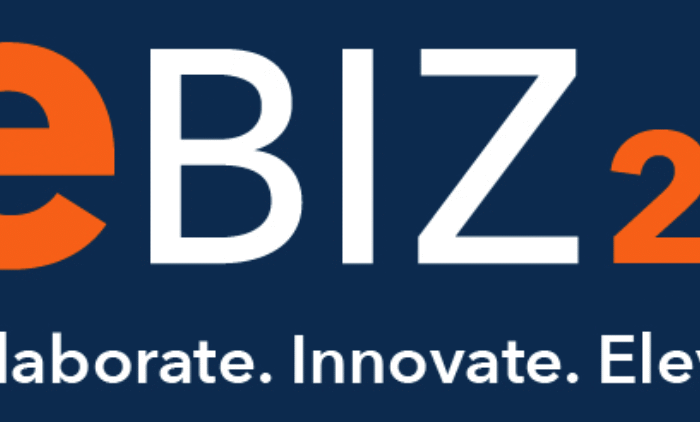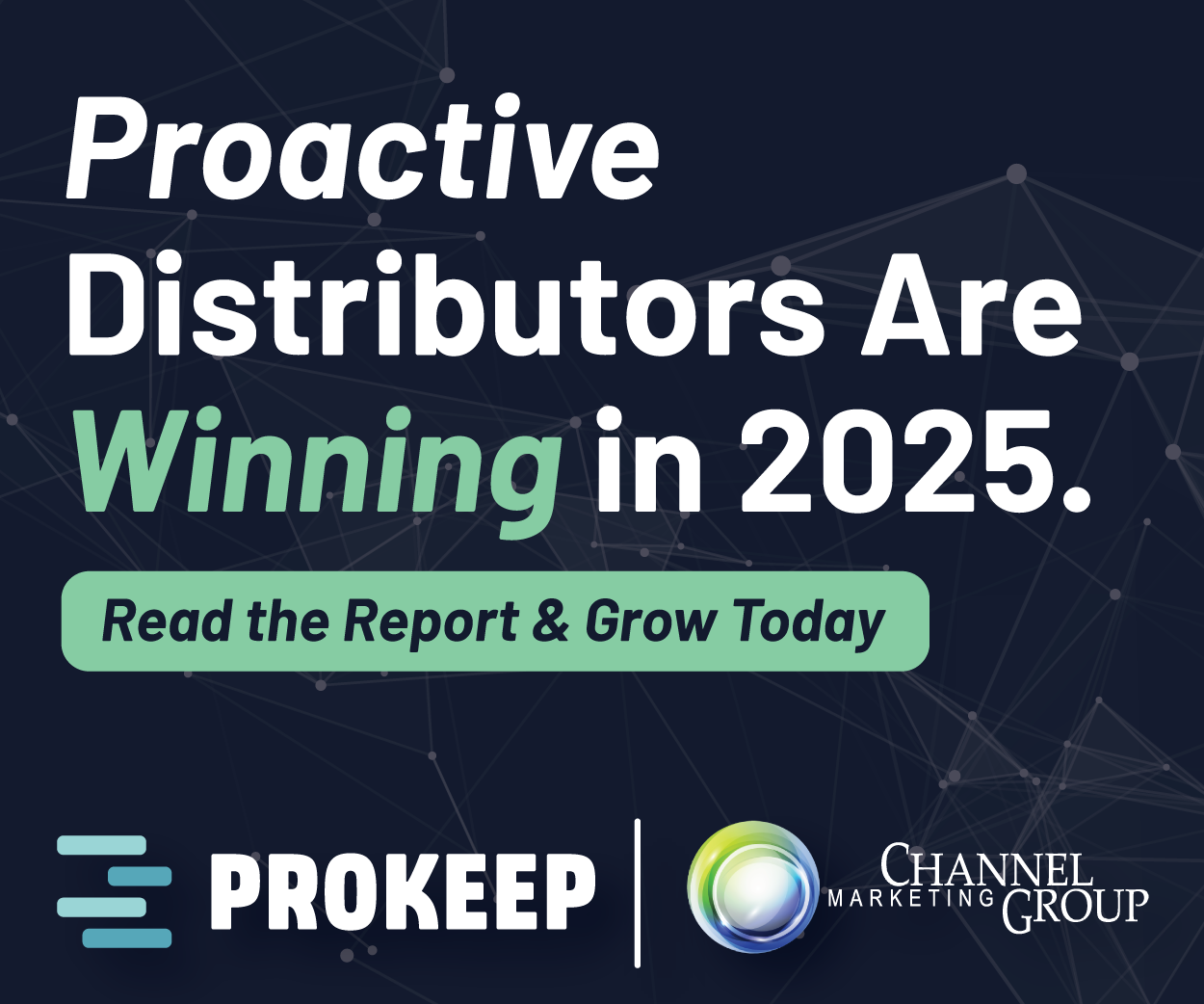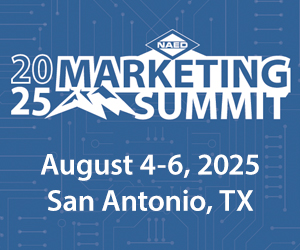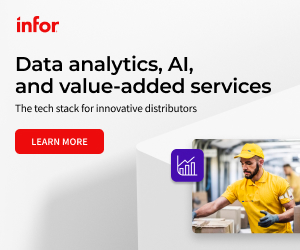AI is like Sex in High School
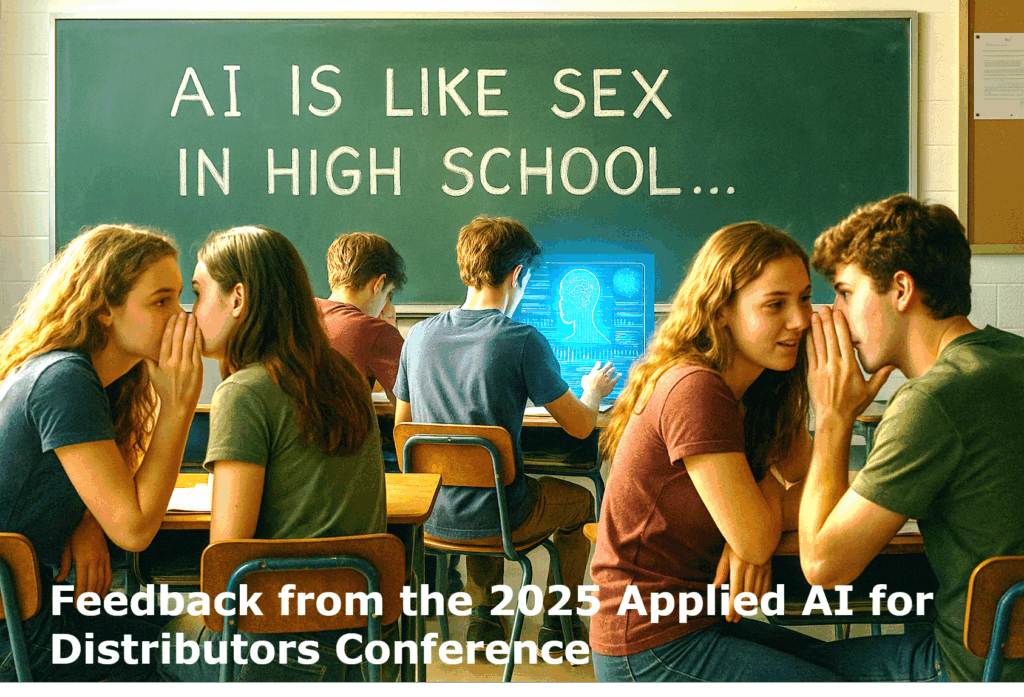 If you know Mark McGready you know he can be “provocative.” When he wrote the below article on AI, I asked for a title. He shared “AI is like sex in High School. Most people are talking about it. A few are actually doing it. Hardly anyone is doing it well.”
If you know Mark McGready you know he can be “provocative.” When he wrote the below article on AI, I asked for a title. He shared “AI is like sex in High School. Most people are talking about it. A few are actually doing it. Hardly anyone is doing it well.”
So, what provoked this?
Mark attended the recent Applied AI for Distributors conference. Channel Marketing Group had some clients … distributors and technology providers … attend. Unfortunately, I had a conflicting speaking engagement. I’ve seen much on LinkedIn regarding the conference and spoken to many. It appears the conference is addressing a topic that, essentially, all associations are missing … and that has much interest to distributors. In fact, there are many technology companies offering purpose-built applications to address issues, some with reasonable VC money behind them, and some started by college graduates who have deemed that they seek fortune in distribution (actually, they see a market segment that they feel is technologically insufficient.)
Back to sex, I mean Mark, and presumably his high school experience.
I asked him to share his observations from the conference. He was very complementary of the conference. His feedback …
“This quip sums up the current status of Artificial Intelligence strategies for most companies. It comes from one of the vendors attending the Applied AI for Distributors conference, held June 24th-26th in Chicago, hosted by Ian Heller and Jonathan Bein of Distribution Strategy Group.
This excellent conference was essentially a showcase of all the current AI service providers, each sponsor getting a time slot to talk about what they do and how they can help transform your business. As ideas go, this one really works as it allows attendees to get an understanding of the AI landscape without committing to a sales pitch or signing up for years of spam emails. Vendors were given a room and a stage for 30 minutes to best explain what they can do for you, with time for Q&A at the end. There were 45 vendors in total, spread over 3 different rooms, so you had to select where you wanted to spend your time, which wasn’t always easy. To help with the navigation each vendor was given 60 seconds at the start of the conference to explain who they were and what they did. What could have been a long 45 minutes was actually a great summation of what’s available, so we could make notes on vendors that stood out or offered something that would solve one of our most pressing internal issues. There were many startups, established services from other sectors, and a few familiar names developing new services.
The myriad of options available really confirmed that there is no one path to introducing AI to your organization, and no easy answers on what should be your first step.
And that might be the current problem with AI as a concept. Beyond using ChatGPT to improve your emails, there’s no easy path on how to begin and what your timeline should look like. And yet with this lack of clarity one thought became overwhelming over the course of the conference – that the hype about AI changing everything is real, and that in 10 years’ time every company attending would either have embraced AI tools as part of their core business functions, or they would be irrelevant in the market. Outmaneuvered by companies with lower costs, better customer service, more market engagement and smarter inventory and fulfillment systems. While we might be wondering if the eCommerce platform has paid for itself, I think we all wouldn’t like to be selling today without a website. And perhaps that’s what these AI tools represent – new table stakes just to continue to be relevant as businesses.
Anchoring each day of the conference we heard from speakers on the topic of AI, from blue sky thinking to real life adoption. With every talk the always engaged audience become more and more convinced that AI was going to become an essential tool in their business processes, this era of new capability more essential and transforming than anything that has come before. From transforming the customer service experience, to self-serve order placement, price and quotations, to employee management, AI will touch every aspect of your business. Some of the vendors are relatively young, speaking more aspirationally rather than based on years of experience, but that’s understandable given how rapidly AI technology is developing. If it’s new, the companies providing it are also going to be new. While the niggling question was if half these companies would still exist in 5 years time, or who would own them, they are the vendors set to lead this wave of change, and some of them undoubtedly will be fortune makers. Telling who is who is the trick, and most often will come down to those actually focused on delivery and service rather than revenue growth and market share acquisition.
It reminds one of the dot com era of the early 2000’s, a new technology most didn’t really understand, looking for applications for the new technology, but maybe not always technology that fits the applications. The lack of clarity and clear return on investment is the number one common issue with these new systems – few have got wide scale deployments, and so the actual final benefits may be intangible at this time, making the choice to change your organization and invest your profits all the more challenging. Again, just like the dot com era. And those of us who worked through those times remember lots of false starts, wasted investments and failed ventures. Companies, to this day, look at their multimillion-dollar e-commerce platform and ask if they got a return on their investment. Perhaps that was the underlying question to solve during this conference – will any of this actually give me measurable, tangible return? Not only can some of these services become expensive, the real cost is in the change in process and potential negative impacts if they don’t perform as expected.
Like everything, it feels that, in part, the answer comes from adoption and usage. And that really means commitment. Companies will have to commit to embracing this new technology, hence all the hesitation – it’s a big ask. Those moving first might trip up, but they also might get such a large head start that it would be impossible to catch up. Certainly, every service makes sense, and it’s very clear to see what the intention is and how it can improve things. We work in industries with competing companies selling the same products to the same customers at the same prices with the same sales methods, it’s our processes that set us apart. And the truth is that once one company provides an additional service, others will have to follow or fall behind. Whether it’s automated order entry, chatbots as inside sales, AI agents for your sales force or AI systems for every back-office task, it’s inevitable that all departments in your company will have to use these new tools at some point. It’s really just a matter of when, not if.
That’s really what it comes down to – do you want to lead the charge knowing there will be mistakes along the way or follow the pack knowing you might fall behind and never quite catch up.
Some of the speakers were comfortable to share they had many early AI projects that failed completely, investment lost with no return to show. They did learn and got a little smarter for the next idea, and maybe that’s part of the return on investment. It doesn’t feel like this is a skillset we can recruit for, we all need to learn what will work for us, knowing that part of the nature of learning is making mistakes. Failure is the greatest teacher, after all.
It may be that 2025 is still too early in the AI story to make that decision, but I suspect within the next 2 years companies will have to commit to a strategy. Perhaps a good way of looking at this would be to break down your company into its essential services – inventory, logistics, delivery, recruitment, sales, marketing, customer support, accounting and leadership. And from there, look at AI from a function standpoint. Even then it might be better to use AI as a different acronym – automated interactions. Where in our organization can we remove cost and inefficiency, now that we have the ability to automate quite complex tasks? What would that look like from a billing, purchasing, logistics, data analytics, business reporting and strategy development standpoint?
One of the underlying contexts of AI is the replacement of human labor – every day there will be another article about how AI is going to replace the white-collar workforce. And few of us want to promote an investment that would replace the job of our coworkers. That being said, we’re also in a hiring crisis that is part of the new reality. Most distributors relied on a skilled, experienced workforce, folks who started decades ago and know how to keep the business running from their lifetime of work. We’ve been told repeatedly that 25% of the workforce plan to return soon, and they’re mostly the 25% who knows how everything works. Even if we find candidates that want to work in our industry, the average under 35-year-old works in a role for less than 3 years before moving to something else. Employee mobility is at an all-time high, and the power will only grow as employees with skill, experience and success will become more and more coveted. When Billy in the basement finally moves on from his role in IT managing your accounting system, his replacement might take a year to learn the role, a year to perform the role and then they’ll be giving their two weeks’ notice to take a job that pays $20,000 more. We can’t compete in wages against the entire market, perhaps the time has come to automate some of these high skill positions. In short, we can’t continue to run our companies the way we always have. The workforce is changing, and we need to change with it.
I think this ultimately is the prime value proposition for AI. To move away from human expertise towards process expertise. To use these agents and tools and vendors to modernize, but also protect us from the tyranny of the highly effective employee. Every company can point to employees or departments and say ‘if they disappear tomorrow we’re in serious trouble’. Maybe it’s time to fix the elephant in the room and implement the systems we need. These processes haven’t been able to be automated in the past – software simply wasn’t good enough, but today we’re entering a new era of technology with highly trainable AI agents and vendors specializing in singular, particular functions. And that’s where part of the return on investment comes from. As for budget, maybe when a headcount opens up, we don’t immediately search for a replacement but instead look at using that salary as capital to rebuild how the task is done.
The AI for Distributors conference was a great space to understand what the future is going to look like. I dare say it should become an essential conference, and every company should commit to sending at least one representative to attend. Ian Heller commented that it was the largest distribution focused AI conference on the planet, and given the range of vendors, services and potential impacts he’s absolutely correct. There’s no real way to stay on top of what’s to come without attending a conference like this. DSG has built a truly valuable and essential opportunity for our industries. I believe everyone who attended was glad they did and saw new ideas and paths to help transform their company, to future proof them for what is to come. The path for AI might still be murky in 2025, but by 2030 it will be so clear that it’ll be too late to be getting started.”
Mark McGready is Director of Data Analytics & Solutions for IDEA. He has over 20 years of experience in data analytics and system development in the electrical industry, including founding Jigsaw Systems Inc after a career at Schneider Electric. With his engineering background, Mark questions conventional business processes and suggests new and innovative solutions to current business challenges.
Thoughts
- Thank you Mark for your conference takeaways. That is s significant number of service providers in one locale, and there are others in the market. In the PO automation space, we’ve been exposed to almost a dozen companies!
- As Mark mentioned, it’s a challenge picking out who you think will be around in a few years, and who their owners will be. With purpose-built applications, can they generate enough scale? Are they building a team? Do they have a product roadmap?
- To Mark, and the vendor who used the sex / high school analogy, everyone is talking about it, some are implementing (doing) elements, much is “hush hush” and only talked in hallways in fear that competition may learn (they are doing the same as you!). Few are re-engineering systems, and this results in AI being a short-term incremental cost until synergies / cost-savings are realized.
- In talking to distributors (clients and prospects), reps and others, one of the challenges is who leads the charge. Leadership needs to be involved to drive commitment. Is it IT? They need to be involved but do they know business operations or are they implementation only? Is it a dedicated person … a new person? A ground up or department-driven strategy? Does it require a redesign of your IT leadership team or a dedicated member of the team? If it an outside / outsourced “sherpa” to act as a guide who can highlight what “could be done?”
- Perhaps it is bringing in someone who can provide an overview of the purpose-built landscape while also showing what could be done, and the differences, between Chat, Perplexity, Gemini, Claude, Grok AND showing how you can conceive / build some of your own tools.
- And what is an agentic agent?
- Maybe it’s engaging in an ideation session? Or crafting a strategy that broadens involvement within your company?
So, where are you on your AI journey as you company re-engineers?




